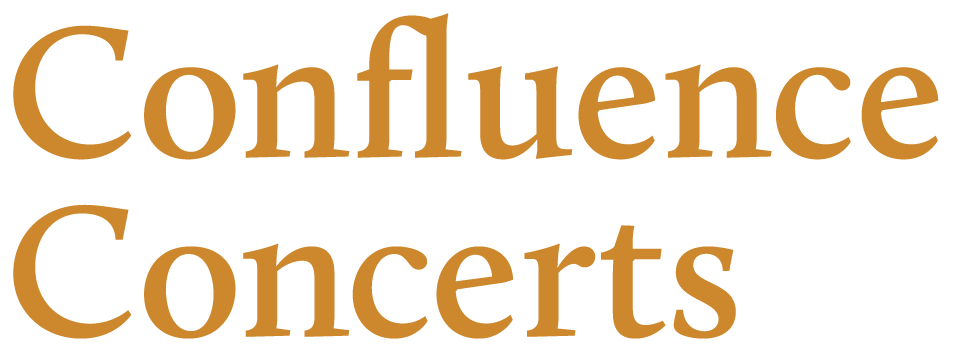The Beethoven String Quartet Project: Op. 18, no. 3
As the necessary home confinement continues today and for the foreseeable future, I have turned to a project I intended to engage in at some point this year: listening to and reflecting upon the magnificent string quartets of Ludwig van Beethoven, who was born 250 years ago. For each of the next 17 days, I hope to post a short paragraph or two on these stimulating pieces.
STRING QUARTET No. 3 in D MAJOR, op. 18, no. 3
I listened to the Shanghai String Quartet, recorded live at the University of Richmond, Virginia on Sunday, February 27, 2011. It’s available on YouTube.
Allegro
Andante con moto
Allegro-Minore-Maggiore
Presto
This was the first quartet that Beethoven wrote for the op. 18 collection, in or around 1798, and, according to William Kinderman “some commentators have recognized the most direct influence of Haydn and Mozart” in this piece “…and Joseph de Marliave found in it ‘the most perfect achievement with Beethoven’s capacity in the old quartet style.”
Indeed, listening to these early quartets with fresh ears, I am in somewhat giddy anticipation of the contrast - Monteverdi/Caccini-like - between a prima and seconda pratica in Beethoven’s string quartet writing. His mastery of all the elements of Classical style is clearly evident here and it’s such a joy to contemplate the ease in which he fills these early pieces with interesting and engaging musical material.
The first movement of op. 18, no. 3 opens with the first violin playing alone an ascending minor seventh in whole notes which becomes the first theme of the movement. So simple yet filled with gentle tension….it immediately brought to mind Tafelmusik Chamber Choir rehearsals with Ivars Taurins where he would sing any rising minor seventh interval as the opening of “There’s a place for us” from Bernstein’s West Side Story . That kind of thing one never forgets! I continue to be delighted by Beethoven’s rhythmic inventiveness and the use of triple figures for variety.
Movement two opens like a precursor to Victorian parlour song with rich, chromatic harmony and a somewhat corny rising melody: very catchy and heart-warming. The variation techniques that Beethoven uses throughout the movement are charming, with whimsical use of trills, rich unisons, inventive voice pairings, straying into distant keys (including a beautiful section in D-flat major with the tune in the cello). There’s a wonderful brief cuckoo clock section as well which is elegant and humourous. Love the slight syncopation near the end of the movement, just when you thought he’d run out of ideas.
The third movement is somewhat unusual, as it is neither a minuet or a scherzo, simply marked Allegro, with a “minore” middle section and a varied da capo to “maggiore”. I am always moved and never get tired with the old deceptive cadence from dominant to sub mediant and this is used to great effect in this movement and in just the right places elsewhere in the whole quartet.
The piece concludes with a feisty presto bringing to mind that opens with the Mexican Hat Dance in the first violin. Well, it’s the same melodic sequence for a moment, anyway. Actually, the movement has a strong feeling of Italian - almost Verdian - folk song…very joyful and forward looking. Towards the end, the players trade upward octave figures that bring to mind the opening motive of the first movement….almost as though the minor seventh has been auto-corrected to a more perfect octave interval.
And the ending is just perfect, fading away - as it does - to nothing.
Larry Beckwith (Sunday, March 22, 2020)
